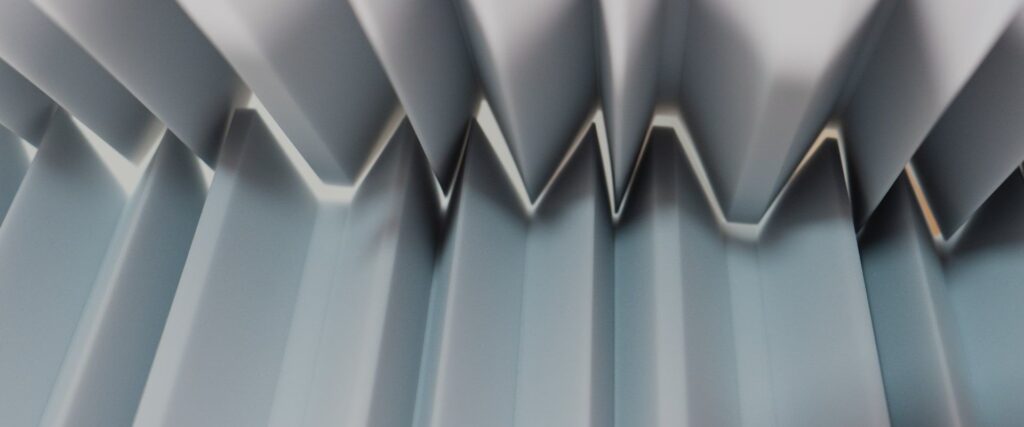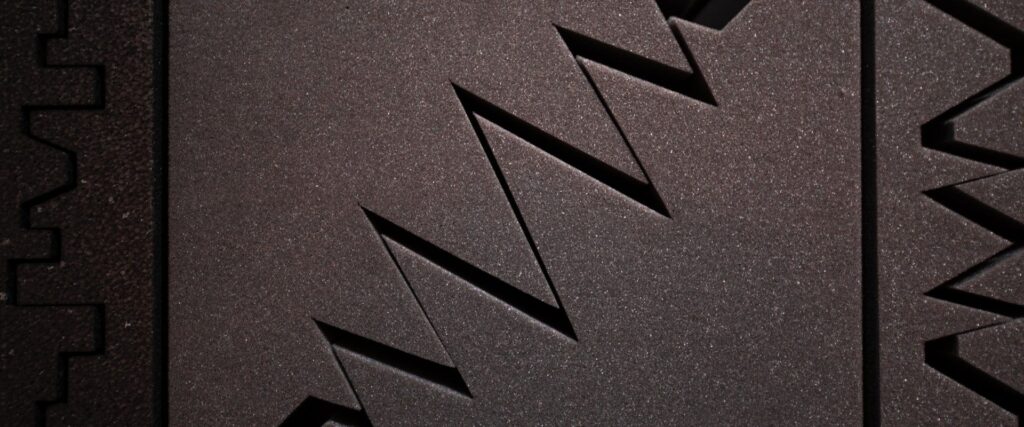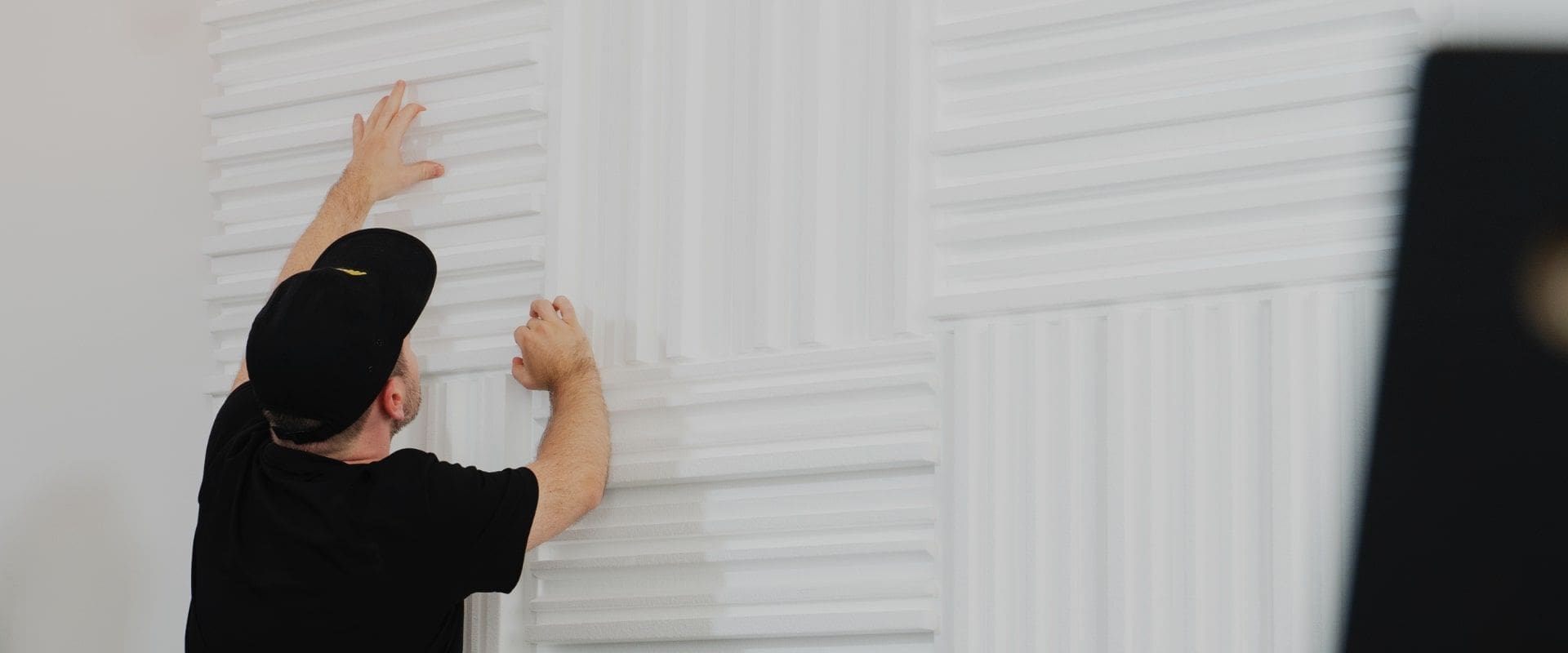
COMB FILTER EFFECTS
Comb filtering can be heard and measured with spectral meters. The frequency curve has “dips” at regular intervals, which look like a comb. That’s the definition of a comb filter effect. It should be avoided, especially in the listening position, because it can severely color the signal and give it an indirect or “phased” sound.
The comb filter effect occurs when an audio signal is mixed with a delayed signal. The resulting interferences cause cancellation and summing effects. The “detour” that the delayed signal takes determines the distribution of the cancellations and peaks in the frequency band. The lower the level of the delayed signal and the more it’s changed compared to the original, the less comb filtering is introduced.
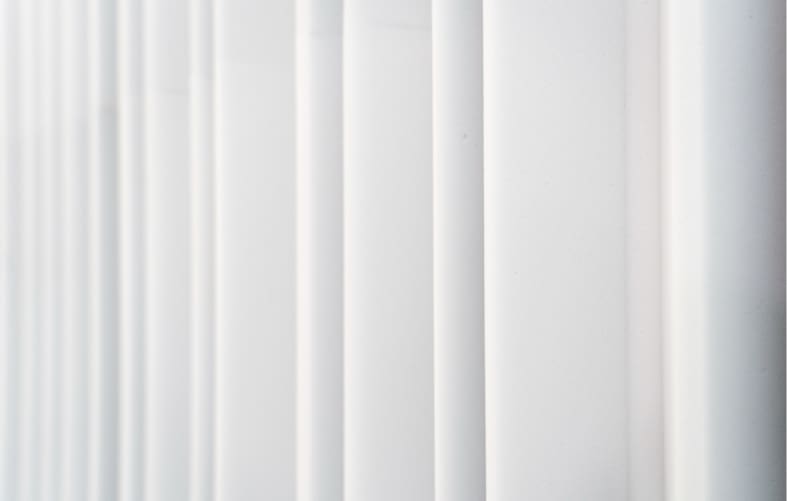
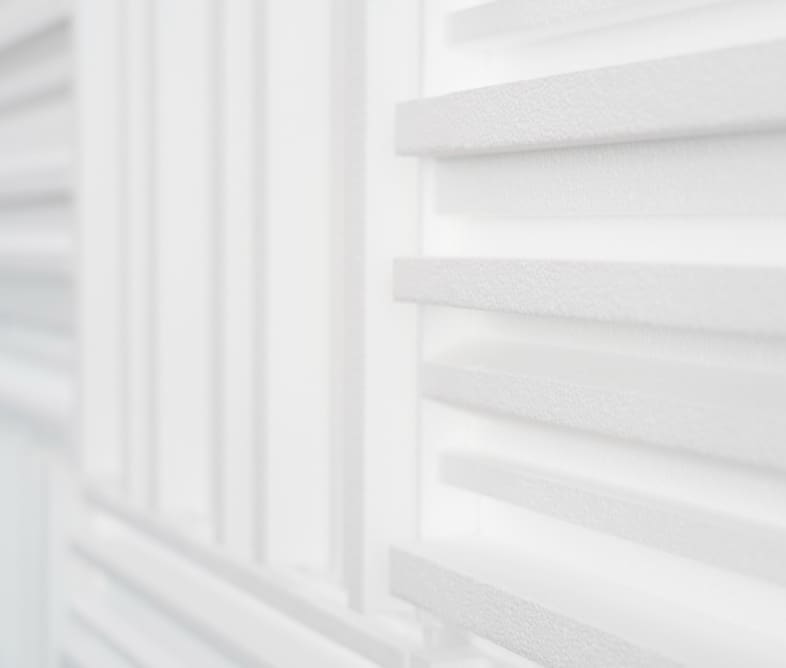
One of the most recognizable examples of the comb filter effect is the reflection that meets the direct signal from the speakers in the ear. Part of the signal reaches the ear directly, while another part takes a detour via the surface of the desk or mixing console. To avoid this, it can help to place the speakers on stands, or even just place them at an angle.
Comb filter effects caused by hard reflections of the speaker signal on side walls, the wall behind the speakers or the ceiling. This type of comb filter effect should be avoided.
One way to achieve this is to use absorbers to prevent these reflections from occurring. Absorbers absorb sonic energy in a wide frequency band. Another option is to diffuse the signal instead of absorbing it. Rather than reducing sonic energy, diffusors divert it into many directions.

